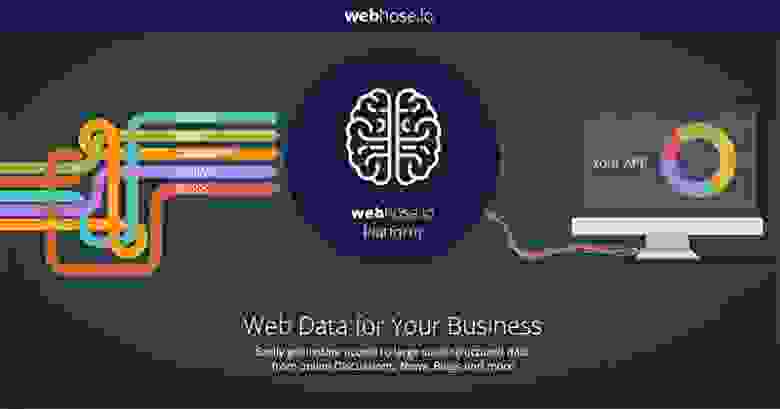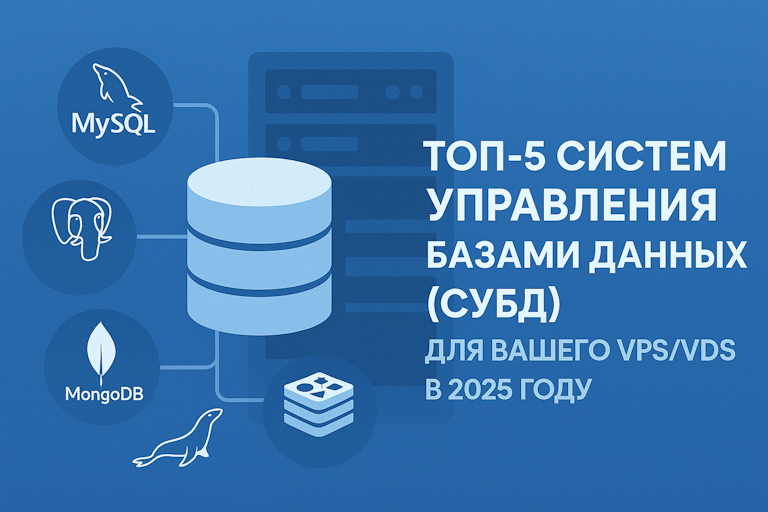Real-time web scraping is the process of extracting information from web pages for further analysis or use. This can be useful, for example, for monitoring product prices, tracking news, or analyzing competitors. In this article, we’ll look at how to set up real-time web scraping using various tools and technologies.
1. Using Python and the BeautifulSoup library
BeautifulSoup is a powerful library for extracting data from HTML and XML files using various parsing methods. With it, you can easily extract information from web pages and save it in a convenient format, such as a database or file.
2. Using Node.js and the Cheerio library
Cheerio is a library for parsing and manipulating HTML syntax on the server-side using jQuery-like syntax. With it, you can also easily extract data from web pages, apply filters, and process the results.
3. Using Google Sheets and the ImportXML plugin
Google Sheets provides the ability to import data from web pages using the ImportXML function. This allows you to automate the data extraction process and update it in real time. Simply paste the page URL and XPath query, and Google Sheets will output the result.
4. Using Real-time Scraping API Services
Various services and APIs offer real-time data scraping capabilities. Some even allow you to set up monitoring and receive notifications about changes on web pages. This approach simplifies the process of extracting and analyzing data.
Conclusion
Setting up real-time web scraping can be a valuable tool for monitoring and analyzing information on the internet. Choose the appropriate tool or technology depending on your needs and tasks, and start extracting valuable data from web pages!





